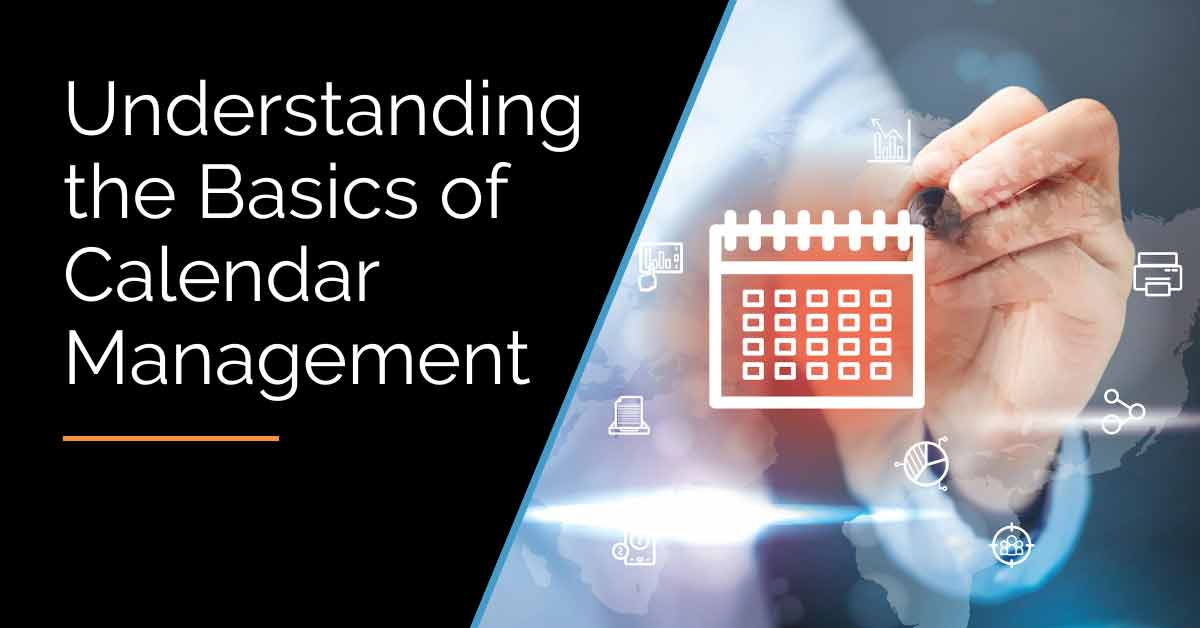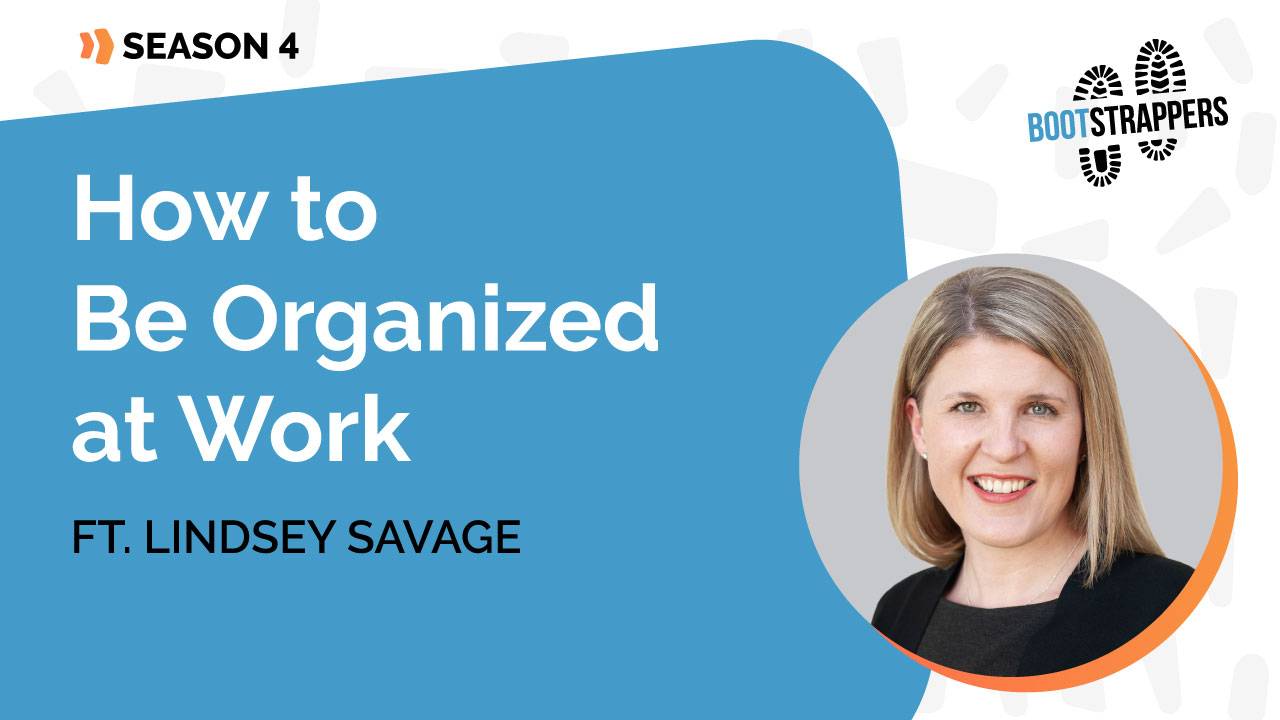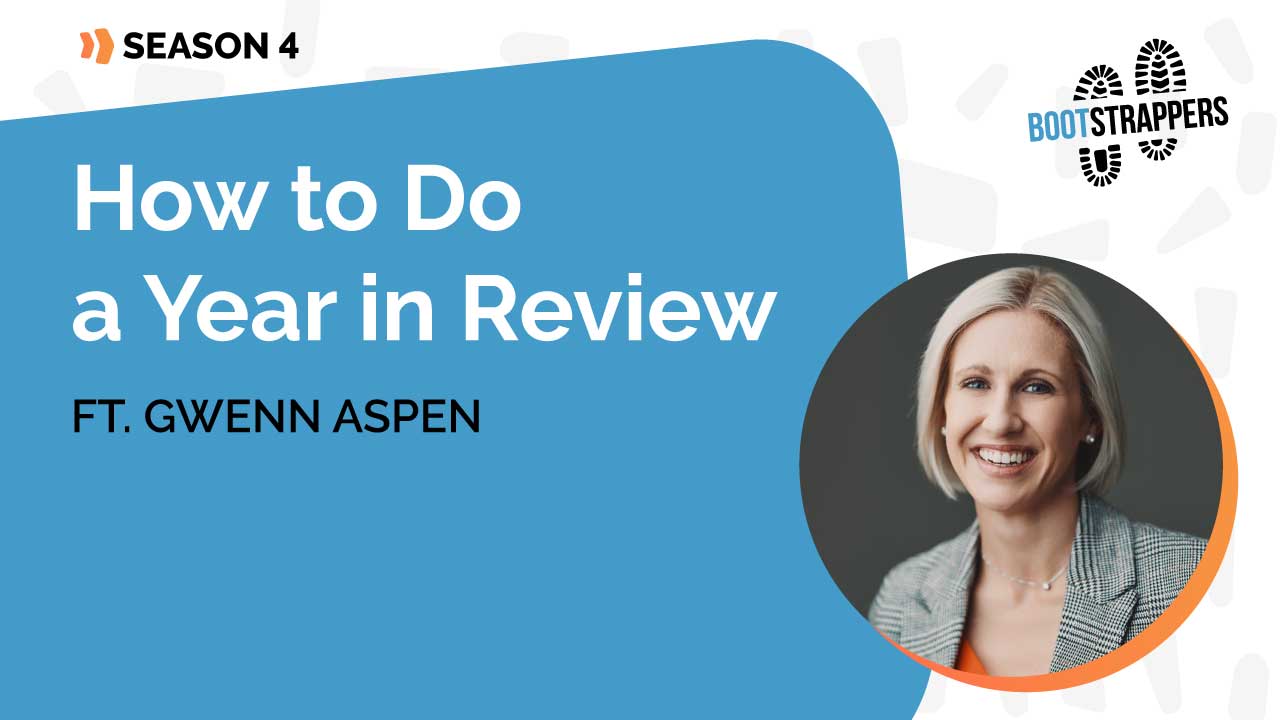Understanding the Basics of Calendar Management
Whether you’re a seasoned professional or just starting your career, refining your calendar management skills, possibly with the aid of a virtual assistant, can have a profound impact on your productivity and peace of mind.
Let’s embark on this journey of transforming how we organize our time, making every day more productive and fulfilling.
A calendar is much more than a collection of dates and appointments; it’s the backbone of effective time management and is a key player in boosting productivity.
The Role of a Calendar in Productivity
Think of your calendar as a personal consultant, guiding you on how to allocate your most valuable resource – time. It’s not just about what you have to do; it’s about planning when to do it for maximum efficiency.
A well-maintained calendar gives you a bird’s eye view of your commitments, helping you to avoid over-commitment and underperformance.

Principles of Effective Calendar Management
The essence of effective calendar management lies in three core principles: prioritization, clarity, and consistency.
Prioritization
This is about distinguishing the critical from the trivial. It means understanding your goals and aligning your activities to meet them. When you prioritize tasks, you focus on what will drive the most significant results, ensuring that your time is spent effectively.
Clarity
A clear calendar is an effective calendar. Each entry should be straightforward, detailing what the task is, how much time it needs, and its purpose. This clarity reduces the time spent deciphering your schedule, freeing up more time to get things done.
Consistency
Consistency in calendar management breeds habit and reliability. It means having a regular method for scheduling and adjusting appointments. This regularity helps in forming a routine, making it easier to manage and anticipate upcoming tasks and responsibilities.
Adopting these principles can significantly enhance your productivity
By mastering the art of calendar management, you turn time into a powerful ally in achieving your professional goals.
Strategies for Task Prioritization
The key to productivity isn’t just doing more; it’s doing more of what matters.
Identifying High-Value Tasks
Identifying high-value tasks requires a shift in perspective, focusing on the impact rather than the effort. One effective technique is the Return on Time Invested (ROTI) analysis. This involves evaluating tasks based on the potential benefits they offer relative to the time they consume.
Ask yourself: Which tasks will move me closest to my goals? Which activities yield the highest benefits for the least time investment?
This approach helps in distinguishing tasks that are truly impactful from those that are merely urgent or time-consuming.
The Eisenhower Matrix for Task Prioritization
The Eisenhower Matrix is a timeless tool for organizing tasks based on urgency and importance.
It divides tasks into four quadrants: urgent and important, important but not urgent, urgent but not important, and neither urgent nor important.
Applying this matrix to your calendar helps in visually categorizing tasks, allowing you to focus on what’s crucial and plan accordingly. It’s a straightforward yet powerful way to ensure that your time aligns with your priorities.

Incorporating Prioritization into Daily Scheduling
Integrating task prioritization into daily scheduling involves more than just making to-do lists; it’s about making informed choices. Start each day by reviewing your calendar and identifying the top three tasks that align with your high-value goals.
Allocate specific time blocks for these tasks, ensuring they receive your undivided attention. Remember, it’s not about how many tasks you complete but how effectively you use your time to achieve impactful results.
Adopting this disciplined approach to daily planning can significantly boost your productivity and ensure that your time is always well spent.
Effective Scheduling Techniques
Time blocking is a strategic approach to scheduling where you allocate specific blocks of time for certain tasks or types of work.
Time Blocking for Focused Work
This method turns your calendar into a visual planner, allowing you to dedicate uninterrupted time to critical tasks. The primary benefit of time blocking is that it creates a structure that helps to maintain focus, reducing the fragmentation of attention caused by constantly switching between tasks.
By assigning specific time slots to tasks, you’re more likely to tackle them with full concentration, leading to higher quality work and increased productivity.
The Importance of Buffer Time
In the rhythm of a busy schedule, the importance of buffer time cannot be overstated. Buffer time refers to intentionally scheduling empty slots between appointments or tasks.
These periods act as a cushion, allowing for unexpected delays or overruns and providing necessary breaks to recharge.
Including buffer time in your schedule prevents the day from becoming a back-to-back marathon of tasks and meetings, which can lead to burnout.
It ensures that you have room to breathe, transition between different types of work, and handle unforeseen circumstances without throwing your entire schedule off balance.
Balancing Flexibility and Structure
Achieving a balance between a rigid and an overly flexible schedule is crucial for effective time management.
While structure is necessary to ensure that important tasks get the attention they deserve, too rigid a schedule can lead to stress and an inability to adapt to changes.
Conversely, an overly flexible schedule often leads to procrastination and inefficiency.
The key is to create a structured plan with clear priorities, while also allowing for a degree of flexibility. This can be achieved by designating time for unexpected tasks, being realistic about how much can be accomplished in a day, and being willing to adjust as necessary.
The goal is to have a schedule that guides you but also adapts to the dynamic nature of your workday.

Tools and Technologies to Enhance Calendar Efficiency
In the digital age, an array of tools and software has emerged to streamline calendar management, each offering unique features to suit various needs.
Overview of Calendar Management Tools
From basic digital calendars like Google Calendar and Microsoft Outlook to more sophisticated tools like Asana and Trello which integrate task and project management, there’s a plethora of options available.
Advanced platforms often provide functionalities like shared calendars, automatic reminders, and integration with other apps, making it easier to coordinate schedules and stay on top of tasks.
The key is to choose a tool that not only aligns with your scheduling needs but also integrates seamlessly with your other work tools.
Integrating Tools with Personal Work Style
Selecting the right tool is just the beginning; integrating it effectively into your personal work style is what truly enhances productivity.
Start by identifying your specific needs: Do you require simple date and time tracking, or do you need features for task delegation and collaboration?
Once you’ve selected a tool, take the time to customize it. Many tools offer personalization options like color-coding, setting up custom reminders, and creating recurring events.
Experiment with different settings and features to see what works best for you.
Remember, the goal is not to adapt your work style to fit the tool, but to tailor the tool to enhance your natural workflow.
This personalized approach ensures that your calendar management tool becomes a valuable asset in your daily productivity arsenal.
Overcoming Common Calendar Management Challenges
Overbooking and double-booking are common pitfalls in calendar management, often leading to stress and reduced productivity.
To avoid these scenarios, it’s crucial to adopt a proactive approach. First, ensure you have a clear overview of your commitments by regularly reviewing your calendar. Utilize digital tools that alert you to potential conflicts.
When scheduling, factor in travel time and preparation, not just the duration of the appointment itself. If you do find yourself double-booked, prioritize based on urgency and importance. Communicate promptly and politely with those affected, offering alternative times or solutions.
Remember, prevention is key, so regularly auditing your schedule for potential overlaps can save a lot of stress in the long run.

Managing Unpredictable Changes and Cancellations
Unpredictable changes and cancellations are inevitable, but they don’t have to derail your entire schedule.
To manage these disruptions effectively, build flexibility into your calendar. This could mean scheduling buffer time between appointments or designating specific time slots each week for catch-up tasks. When a change occurs, assess its impact on your schedule and adjust accordingly.
It’s also important to communicate any changes to relevant parties as soon as possible. Embrace digital tools that allow for easy rescheduling and instant updates to all involved.
By preparing for the unexpected and remaining adaptable, you can maintain control over your schedule, even in the face of last-minute changes.
Long-term Benefits of Streamlined Calendar Management
Streamlined calendar management is not just a daily convenience; it has significant long-term benefits for productivity and well-being.
By effectively managing your calendar, you create a more organized workflow, which in turn boosts productivity. This heightened efficiency allows you to accomplish more in less time, leading to a satisfying sense of achievement.
Moreover, a well-structured schedule reduces the mental load of juggling tasks, significantly cutting down on stress and anxiety. It creates a clear separation between work and personal time, fostering better work-life balance.
Over time, these benefits compound, leading to a more fulfilling professional life and a calmer, more centered personal life.
Continuous Improvement and Adaptation
The journey to effective calendar management is ongoing. It’s about continuously evaluating and adapting your techniques to fit your evolving needs and challenges.
Regularly take time to reflect on what’s working and what isn’t. Be open to experimenting with new methods or tools to enhance efficiency. Adapt your approach to changes in your workload or personal commitments.
This mindset of continuous improvement ensures that your calendar management strategy remains effective, flexible, and aligned with your personal and professional growth.
Embracing this adaptive approach not only keeps your scheduling strategy fresh but also ensures that you are always at the forefront of managing your time efficiently and effectively.

Final Thoughts
Mastering calendar management is a dynamic and impactful journey.
We’ve explored the foundational elements, starting with understanding the transformative role of a calendar in enhancing productivity and the principles of effective management.
We discussed prioritization strategies, highlighting the importance of identifying high-value tasks and employing tools like the Eisenhower Matrix. Effective scheduling techniques such as time blocking, incorporating buffer time, and balancing flexibility with structure were examined to create a more productive workflow.
We navigated through the nuances of utilizing digital tools for calendar efficiency and tackled common challenges like overbooking and unpredictable changes. The long-term benefits of these practices, including enhanced productivity and reduced stress, underscore the value of continuous improvement in our scheduling habits.
Effective calendar management is more than an organizational task; it’s a disciplined approach to time that demands thoughtful planning and execution.
By implementing these strategies, we can transform our daily schedules into powerful tools for success and well-being.
Ready to Transform your Time Management?
Elevate your productivity and streamline your schedule with Anequim’s expert remote professionals.
Our team is dedicated to optimizing your calendar management, ensuring you focus on what matters most. Say goodbye to the stress of overbooking and the hassle of juggling tasks. Embrace a more organized, efficient workday with Anequim.
Contact us now and take the first step towards a more productive and balanced professional life with Anequim’s tailored virtual assistant services.

Frequently Asked Questions (FAQs)
Welcome to our FAQ section. Here, you’ll find straightforward answers to common questions. If you don’t see what you’re looking for, feel free to contact us for more information. We’re always ready to assist.
What is the importance of time blocking in calendar management?
Time blocking is crucial as it allocates specific periods for focused work, reducing the distraction of task-switching. This approach enhances concentration and productivity by dedicating uninterrupted time to priority tasks.
How can I identify high-value tasks for effective prioritization?
Identify high-value tasks by assessing their impact on your goals. Use the Return on Time Invested (ROTI) analysis to evaluate tasks based on the benefits they offer relative to the time they consume.
What is the Eisenhower Matrix and how does it help in scheduling?
The Eisenhower Matrix categorizes tasks based on urgency and importance, helping prioritize and schedule tasks effectively. It divides tasks into four quadrants, guiding you to focus on what’s crucial and plan accordingly.
Why is buffer time important in a schedule?
Buffer time is essential to prevent back-to-back scheduling. It provides room for unexpected delays, transitions between tasks, and breaks, thereby reducing stress and avoiding over commitment.
How can I balance a rigid and flexible schedule?
Balance is achieved by creating a structured plan with clear priorities while allowing for some flexibility. Designate time for unforeseen tasks and be willing to adjust your schedule as necessary.
What are some common calendar management tools?
Common tools include digital calendars like Google Calendar and Microsoft Outlook, and task management platforms like Asana and Trello. These tools offer various features like shared calendars, automatic reminders, and integration with other apps.
How do I choose the right calendar management tool?
Choose based on your specific needs, such as simple date and time tracking or advanced features for task delegation. Consider how well the tool integrates with your existing work tools.
How can I avoid overbooking and double-booking?
Regularly review your calendar, use digital tools with conflict alerts, and factor in travel and preparation time when scheduling. Prioritize tasks and communicate promptly if conflicts arise.
What should I do when faced with unpredictable schedule changes?
Build flexibility into your calendar with buffer times and catch-up slots. When changes occur, assess their impact and adjust your schedule, communicating any changes to relevant parties promptly.
How does effective calendar management impact long-term productivity?
Long-term, effective calendar management leads to enhanced productivity and reduced stress. It creates a more organized workflow and better work-life balance, contributing to overall well-being and professional satisfaction.
How can a virtual assistant from Anequim help with calendar management?
Anequim’s virtual assistants can manage your calendar by scheduling appointments, setting reminders, and organizing your day-to-day tasks. They ensure your schedule aligns with your priorities, enhancing efficiency and productivity.
Can a virtual assistant help identify high-value tasks for me?
Yes, virtual assistants can assist in identifying high-value tasks by analyzing your goals and workload. They can use techniques like ROTI to prioritize tasks that offer the greatest return on time investment.
Do Anequim’s virtual assistants use specific tools for calendar management?
Anequim’s virtual assistants are proficient in various calendar management tools like Google Calendar, Microsoft Outlook, Asana, and Trello. They select tools that best fit your personal work style and business needs.
How can a virtual assistant help in avoiding overbooking and double-booking?
Virtual assistants meticulously manage your calendar, ensuring there are no overlapping appointments. They regularly review your schedule and use digital tools to alert you to potential conflicts.
Can a virtual assistant adapt my schedule to unexpected changes?
Absolutely. Virtual assistants swiftly adjust your schedule in response to unforeseen changes, ensuring minimal disruption. They also communicate these changes to relevant parties as necessary.
Will a virtual assistant respect my preferred balance between a rigid and flexible schedule?
Yes, virtual assistants from Anequim tailor their approach to match your preferred balance. They create structured plans that incorporate flexibility for unexpected tasks or changes.
How does a virtual assistant ensure effective time blocking in my schedule?
Virtual assistants strategically allocate time blocks for focused work, ensuring your important tasks receive undivided attention. They plan your day to maximize efficiency and focus.
Can virtual assistants from Anequim handle time zone differences for international appointments?
Yes, they are skilled in managing schedules across different time zones, ensuring that international meetings and appointments are correctly scheduled and synchronized.
How do virtual assistants contribute to long-term productivity improvements?
By efficiently managing your calendar and prioritizing high-value tasks, virtual assistants contribute to enhanced productivity and reduced stress, leading to long-term professional growth and satisfaction.
Can Anequim’s virtual assistants customize my calendar management based on my industry?
Yes, Anequim’s virtual assistants have experience across various industries and customize calendar management strategies to align with specific industry demands and workflows.






















































